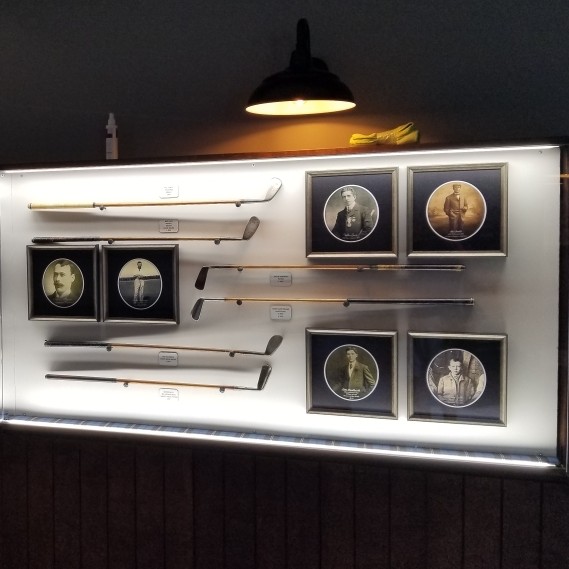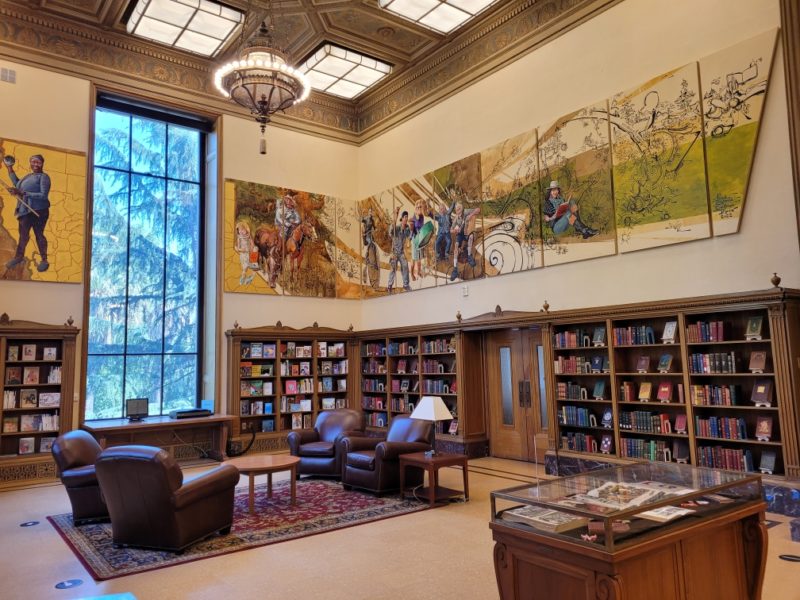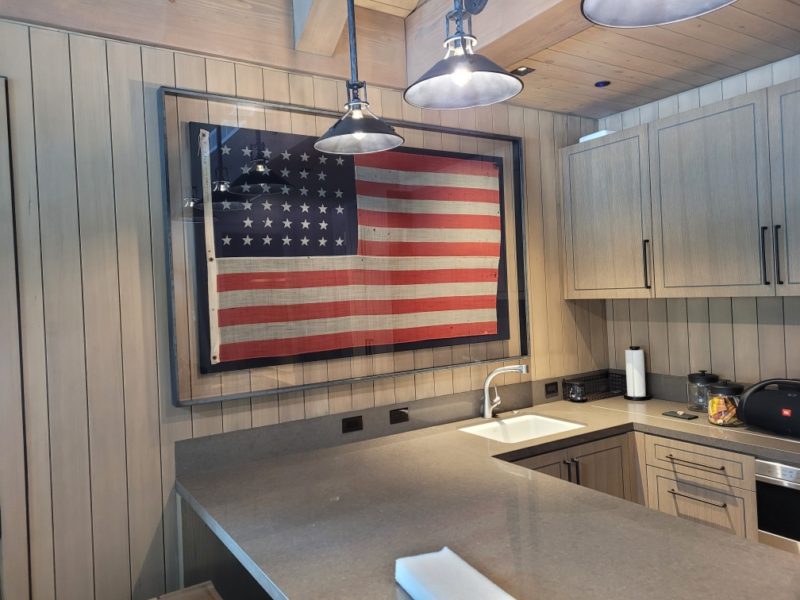Hammond Art Consulting is a California-based firm that offers design, installation, and art consulting services. Fine Art Shippers spoke with its founder and owner Alan Hammond about the industry, the service-oriented approach, and the challenges of installing art in historic buildings.
Hammond Art Consulting: Interview with Alan Hammond
Can you tell us about your work as an art consultant? What does it involve?
Alan Hammond: I had a business coach who said, "You are not selling art. Think of it as being a professional problem solver." Our work is a service, and it's all about how we can help clients solve their problems, teach, and inform them. With that in mind, we approach every job with the question: what is the client looking for? Is it just environment enhancement, a reflection of them, or an investment?
How do you go about working with a client? What is the process?
First, we have a conversation to understand what the client wants and what their budget is. Then we'll start suggesting ideas and options. Then we commission, acquire, print and frame if needed.
What kind of art do you propose? Do you work with specific artists or search for different names for each project?
Once we decide on a budget and a style, we offer art within that framework. We don't try to sell them something they don't want to buy or is out of their budget. Since we have been in the industry for over thirty years, we work with a lot of artists, and new artists approach us every day, so there's always a choice to offer to the client whether it is wall pieces, sculpture, vintage, etc.
Do you only manage the project or do you also design?
Both. When clients come to us, I gather all the ideas and options and then handle the whole process all the way to the installation. Whether it's securing the art, supervising the commissions, etc., we are 100% on it. There are only two on our team – myself and my assistant, Ronnie. The designers we work with are independent contractors. Our Framing, while part of us, is a separated entity. So the studio is always a quiet and centered environment.
What is the difference between installing and integrating art in homes and in public spaces?
Private locations are a lot more hand holding because we usually work directly with the homeowners. And there's nothing standard in what we do. We approach each project individually. However, overall, there is not much difference between commercial and residential because we are service-oriented. Residential just has more of emotional investment.
What difficulties do the different sites present in terms of the materials you work with?
For example, in our recent work with the California State Library, our biggest concern was how the wall would react to what we needed to hang – a total of 28- 4 x 8-foot wood panels on a 150-year-old floated stucco wall starting 14 feet off the floor We didn't know if the stucco was solid, or full of aggregate and how it would react until we actually drilled the first hole six or eight hours into the prep work of the installation. In most cases, we have a clear idea of what we are dealing with. With all our experience, we know which way to go and how to work, but there can be glitches in the system where we need backup ideas – like when a client asks, “I need a boat suspended from our ceiling!”
How competitive is the art consulting market?
Obviously, art consulting is a niche. Of course, we are not alone in our niche, but because of the specifics of our work, we do not see others as competition. There is enough work for everyone. You have three areas: quality, customer service, and price. You should choose two of them because you cannot cover all three areas. So we focus on quality and customer service.
Hammond Art Consulting works with charities and fundraisers. Can you tell us more about this aspect?
We do a lot of art donations to charities. For example, just recently, we purchased an entire storage unit of an artist who passed away ten years ago. The client loved his art but did not want to buy the entire unit. We sold him the art he wanted and will donate the rest to museums, charities, or non-profits that could use that style of art.
What do you like about your work?
I love what I do. I love being around art. To an outsider, it may seem like a dream job, which is true, but 90% of it is just hard work.
Do you have any art of your own?
Yes. If I see art that really touches me, it might enter my small collection. But the biggest problem is that we live in a small house and have no place to display it, so the artwork ends up being stored in drawers.
Photo courtesy of Hammond Art Consulting


